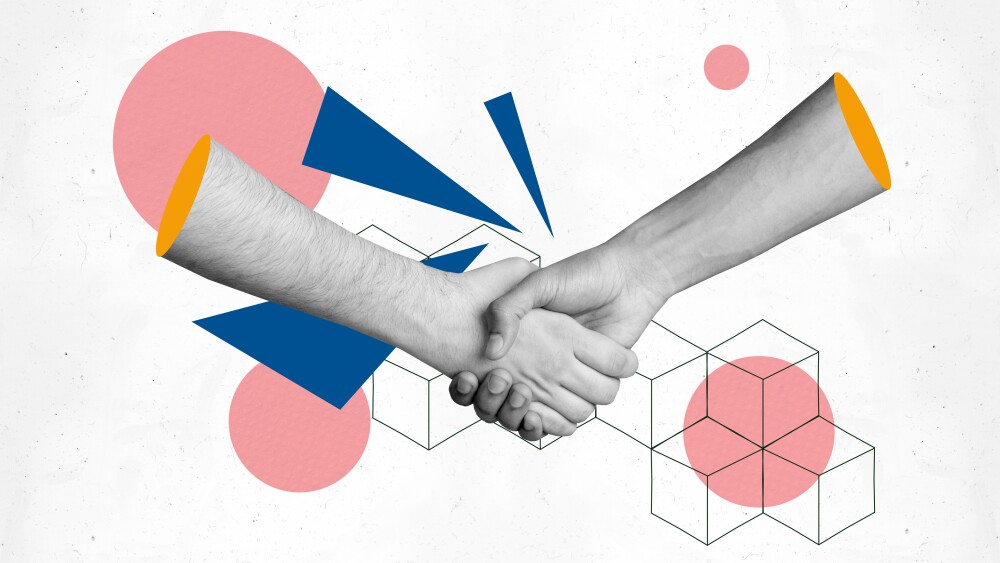“Our ultimate goal is to provide a solution to an organ shortage that causes an average of 20 people per day in the U.S. alone to die waiting for an organ transplant,” quoted Rich Boling, the vice-president of corporate advancement at Techshot.
Early last month, Techshot and nScrypt announced a new partnership to develop a 3D BioFabrication Facility (BFF) capable of creating human tissue and eventually organs in space. BFF will be utilizing adult human cells such as pluripotent or stem cells as well as adult tissue-derived proteins to manufacture usable tissue. The device was launched to the International Space Station from Cape Canaveral Air Force Station aboard the SpaceX CRS-18 cargo mission on July 8, 2019.
Techshot Inc. has been involved in aerospace, defense and medical research and technology development since 1988. “Its devices have flown aboard parabolic-flight aircraft, sub-orbital rockets, space shuttles, the Northrop Grumman Cygnus, the SpaceX Cargo Dragon and the International Space Station. Its Space Act Agreement with NASA permits the company to commercially operate its equipment aboard the station. Since 2015 the Techshot-designed and built Bone Densitometer has been conducting X-rays of mice in space for biopharma companies such as Novartis and Eli Lilly. Its Multi-use Variable-gravity Platform has been aboard the station since April 2018. Techshot is headquartered in Greenville and maintains an office at the Kennedy Space Center in Florida.”
nScrpyt, founded in 2002, “designs and manufactures award-winning, next-generation, high-precision microdispensing and direct digital manufacturing equipment and solutions for industrial applications, with unmatched accuracy and flexibility. Serving the printed electronics, electronics packaging, solar cell metallization, communications, printed antenna, life science, chemical/pharmaceutical, defense, space, and 3D printing industries, its equipment and solutions are widely used by the military, academic and research institutes, government agencies and national labs, and private companies.”
Though the 3D bioprinter is a long way from being able to manufacture organs such as hearts, the July launch of BFF is “a significant milestone in that quest. The initial phase for BFF, which could last about two years, will involve creating test prints of cardiac-like tissue of increasing thickness. The next phase, where heart patches are manufactured in space and evaluated on the ground (under a microscope and perhaps in small animals such as rats) could last through approximately 2024. Ultimately, long-term success of BFF could lead to reducing the current shortage of donor organs and eliminate the requirement that someone must first die in order for another person to receive a new heart, other organ or tissue.”
“Our ultimate goal is to provide a solution to an organ shortage that causes an average of 20 people per day in the US alone to die waiting for an organ transplant,” quoted Rich Boling, the vice-president of corporate advancement at Techshot, early this year. “Getting to that point is a journey of a thousand miles, and launching our BioFabrication Facility to the ISS is that first step.”
Cartilage and bone has been successfully printed on Earth, but 3D printing soft human tissue proves much more difficult. In April of this year, Tel Aviv University researchers were able to successfully print a miniature heart that was about the size of a rabbit’s, but a fully viable human heart has yet to be 3D printed. “On Earth, when attempting to print with soft, easily flowing biomaterials, tissues collapse under their own weight – resulting in little more than a puddle. But if these same materials are produced in the microgravity environment of space, the 3D-printed structures will maintain their shapes. Once printed in space, the structures will be placed in a cell-culturing system that strengthen them over time, to the point where they become viable, self-supporting tissues that will remain solid once back in Earth’s gravity.”
“Our initial tests will focus on printing cardiac tissue. After our test protocols have been completed, we’ll open the program up to outside researchers who want to use our device. Then we’ll bring BFF back to earth and make whatever modifications may be needed to optimise it based on what we’ve learned during the test phase; then we’ll send it back up with the goal of manufacturing increasingly complex tissues,” further suggested Boling earlier this year.
John Vellinger, President and CEO of Techshot, relays that BFF has been in the works for some time, quoting that “The concept of developing tissue or an organ in space with a 3D bioprinter has been with us for years. From the technological and biological perspectives, making it real has been a painstaking process of experiments and testing. To see this coming together is an amazing thing for the team, as well as for all of medical science.”
Ken Church, Ph.D, CEO of nScrypt adds that “Assembling a human lung or other organ is still years away, but it is no longer science fiction. BFF is the roadmap for getting there. And this BFF team knows how to follow that map. I have no doubt someday BFF will provide someone like my daughter with a second lung.”
Looking forward into the long-term, various medical breakthroughs could come from BFF’s success, including “reducing the organ donor shortage (currently 113,000 people are on organ transplant waiting lists), creating patient-specific replacement tissues or patches (by creating tissues/patches from the patients’ very own stem and pluripotent cells), the possibility of transplant recipients receiving organs comprised of their own stem cells, thus reducing the likelihood of rejection and reducing long-term costs associated with a lifetime of anti-rejection drugs (and, perhaps, additional transplants), [and] eliminating the requirement that someone must first die in order for another person to receive a new heart or other organ.”





